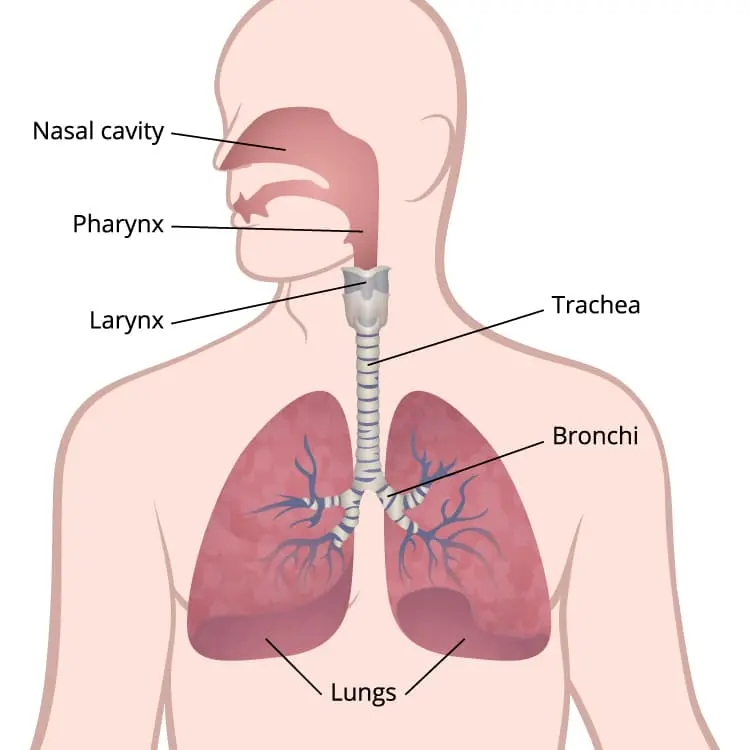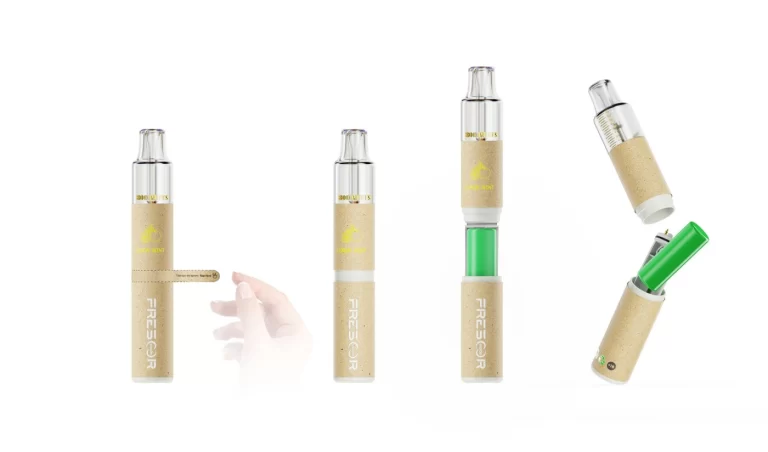Investigating Vaping’s Impact: Zhejiang University’s Groundbreaking Research
Vaping, touted as an alternative to traditional tobacco smoking, has witnessed a meteoric rise in popularity. However, Professor Longjiang Fan’s team at Zhejiang University has undertaken a recent study shedding light on the potential biological impacts of vaping aerosols on human lung cells. Published in Scientific Reports, this study offers crucial insights into vaping safety and urges further exploration into its long-term health effects.

Advanced Research Methods: Assessing Vaping’s Influence on Lung Cells
Utilizing a state-of-the-art in vitro cell line-based experimental platform, the research team evaluated the biological effects of vaping aerosols on lung bronchial epithelial cells. By subjecting cells to aerosols in real-time through an air-liquid interface system, researchers could gauge cell viability and gene expression patterns effectively.
Solvent Sensitivity: Unveiling Vaping’s Cellular Responses
Key findings highlighted solvents found in vaping products, such as propylene glycol and glycerol, as primary influencers of cellular responses. Intriguingly, even solvents alone induced significant differences in gene expression, with the addition of flavorings and nicotine exacerbating these effects. This underscores the critical need to scrutinize the composition of vaping liquids and their potential health implications.
Flavor Focus: Mint vs. Tobacco Impact on Lung Health
Of particular concern were mint-flavored vaping products, which exhibited a greater impact on lung cells compared to tobacco-flavored counterparts, regardless of nicotine content. This startling revelation underscores the necessity for thorough research into flavored vaping products and their associated risks.
Paving the Way for Safety: Zhejiang University’s Research Initiatives
As vaping gains global traction, addressing concerns regarding its safety becomes imperative. Professor Longjiang Fan’s team endeavors to lead the charge in finding effective solutions by delving deeper into the biological effects of vaping aerosols. Leveraging advanced research methodologies, including transcriptomic analysis and omics big data, they aim to establish robust safety assessment methods for vaping products and other aerosolized substances.
Conclusion: Understanding Vaping’s Impact on Human Health
While vaping may be perceived as a safer alternative to traditional smoking, this study underscores the urgency of comprehending its full impact on human health. By prioritizing research and adopting evidence-based approaches, we can safeguard public health and make informed decisions regarding vaping. Stay tuned for further developments in this crucial area of study










